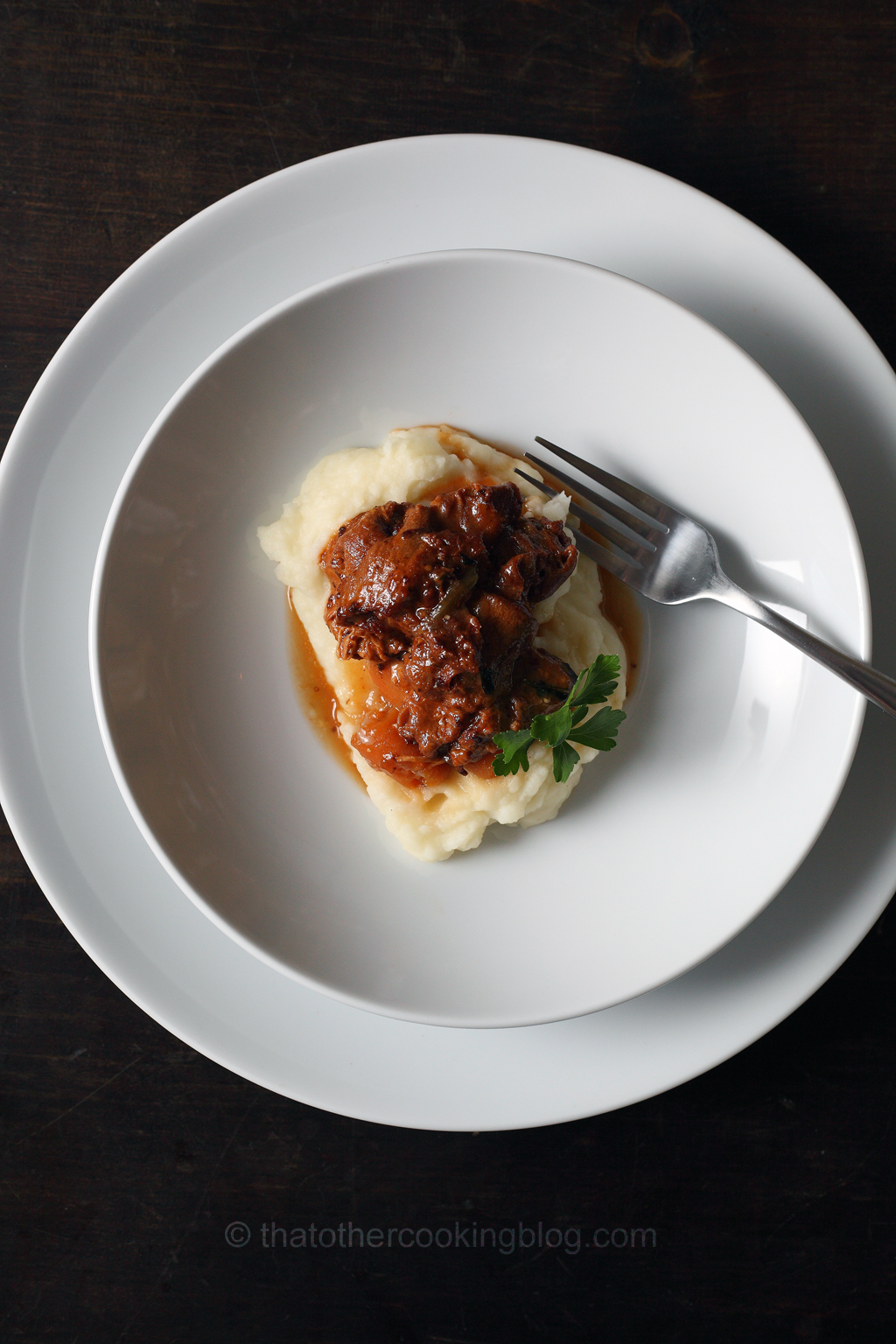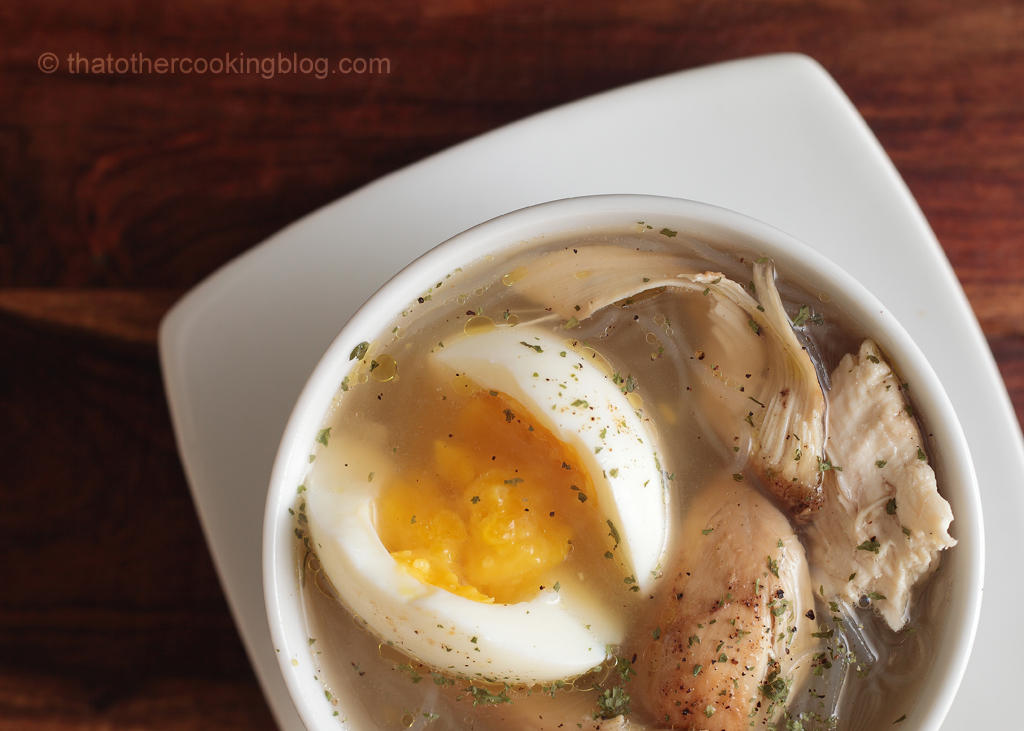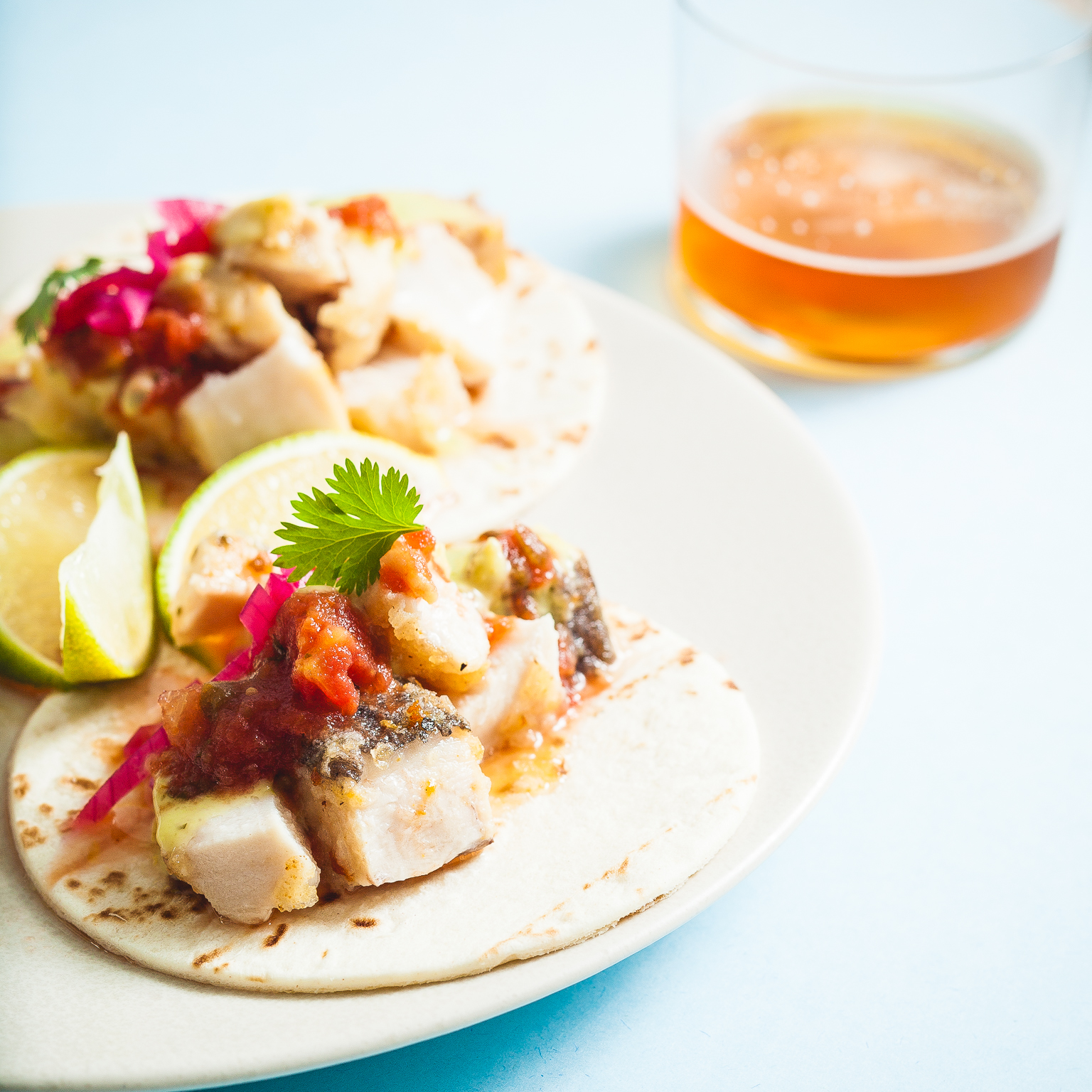I get the feeling tripe isn’t everyone’s favorite, right? We’re talking about the honeycomb membrane that covers the interior of the second stomach of a cow, the reticulum to be more precise (I just googled all of that ok). After that… most readers have probably already left. If you’re still there, well great! It means you’re super cool and you’re not afraid of delicious stuff that let me continue with this seemingly yucky stuff. This membrane is one of the cheapest things you can buy at a butcher shop or supermarket and I’m sure the quality and freshness vary so trust your eyes and your butcher because this membrane is a bit smelly and not in a good way so you won’t be able to trust your inexperienced nose. A cow stomach is worth the effort though. It’s like a hidden treasure, buried really really deep… like super deep. With proper cooking, it can be turned into an amazing meal. Maybe it isn’t common in the US but it’s popular in Latin American, Asian and European cuisines. Guess where I’m from? I’ll give you a hint. I’m not Asian.
The finished tripe is nice and sweet and savory, rich and with a delicate texture, and reminds me of other delicious beef stews I’ve had. Not bad for an ingredient that’s about 1 dollar a pound. Now, let’s talk about the potato puree. Another inexpensive ingredient. I don’t know how much a big russet potato sells for. I’m almost certain is under a dollar, but the taste is simply amazing and if cooked with respect and flavored nicely, it could outdo the main component of a dish. I might be biased since I’m irremediably addicted to potatoes. In this case, I will say, both the protein and the starch complemented each other nicely. This is the story of how to make this dish:
There is a quick checklist on how to approach tripe cooking:
1. Rinse and scrape the tripe under running cold water (optional really…)
2. Boil the tripe in water for 30 minutes, then drain.
3. Return tripe to the pot, add mirepoix and chicken stock and pressure cook for 3 hours.
4. Otherwise, simmer covered in a regular pot for 5-6 hour.
4. Uncover and reduce the content of the pot by half.
5. Add additional seasoning and cook for a bit longer. Dijon Mustard works so well.
6. Refrigerate overnight (optional).
7. Remove tripe from stock.
8. Chop into small pieces.
9. Add to hot skillet and brown.
10. Add some tomato sauce, cream, red wine, a bit of tripe stock, reduce, done.
Ingredients:
Tripe Stew:
2 lbs tripe
6 cups of chicken stock
2 cups of water
1 onion chopped in half
10 baby carrots
1 celery stalk chopped in half
1 tsp salt
1 tsp dijon mustard
1 tsp sugar
1 tsp Worcestershire sauce
1 Tbsp Pedro Ximenez Sherry Vinegar
1 Tbsp tomato sauce
1 or 2 Tbsp heavy cream
2 Tbsp burgundy wine
2 Tbsp fresh chopped parsley
Parmesan Horseradish Potato Puree:
1 big russet potato
1 tsp salt + more to taste
1/3 cup freshly grated parmesan cheese
1 Tbsp butter
2 Tbsp cream
1 garlic clove, minced
1 tsp horseradish sauce
To make the tripe stew.
As I mentioned before, tripe has a distinctive smell that could put you off, but if you can handle it, it will eventually go away and a nice beefy aroma will replace it. Place the tripe in a big pot of boiling water for about 30 minutes. Rinse the tripe and discard the cooking water. Place tripe back in the cooking pot. Add onion, carrot, and celery. Add the chicken stock and enough water to cover veggies and tripe, about 2 cups. Add salt. Pressure cook for 3 hours or simmer covered for 5-6 hours. After this, reduce liquids by half. Add sugar, mustard, Worcestershire sauce, vinegar and simmer for another 10 minutes. Remove from heat. Transfer to a non-reactive container and refrigerate overnight. The next day, heat up the container so it goes back to its liquid state. Remove the cooked tripe and place in a strainer over the sink. After straining, cut up the tripe in small chunks. Heat up a skillet with some olive oil until oil shimmers (high heat). Add the tripe and brown, add the tomato sauce and caramelize it, you could lower the heat at this point. Add the cream, a spoon or two of tripe stock and reduce until thick and everything has a nice deep golden color. Remove from the heat. Add some chopped parsley.
To make the potato puree.
Peel the potato. Cut in medium size chunks. Place in medium/small saucepan. Fill with water to cover the potato. Bring to a boil then lower to a simmer. Potatoes should cook in about 7-10 minutes. Strain but reserve about a 1/4 of a cup of the potato water. Place this water in a small container or pot, add the horseradish sauce, minced garlic, and grated cheese with about 1 tbs of cream and heat up. I used the microwave, but you can use a small saucepan or whatever works. The cheese will melt and the heat in the garlic and horseradish sauce will be tamed. Strain this through a small colander into the saucepan containing the potatoes. Add the butter and the rest of the cream and mash. I use a whisk, and whisk like there’s no tomorrow. Eventually, the puree will be smooth and creamy. If you want an extra smooth puree, you need to use a sieve or a fine strainer like a chinois. Whatever you do, do not use a blender or a food processor. As I’ve mentioned before, the starch granules will rupture and the puree will have a slimy texture. Taste and adjust the salt if needed. If the puree is too runny, place back on the stove over medium-high heat while whisking, reduce until the desired thickness is reached.
To serve.
On a plate, make a nice bed of potato puree in the center. Spoon the tripe stew over it along with some of the carrots. Spoon some tripe stock over it but not too much, just enough so you get a little liquid surrounding the puree. Garnish with some parsley and that’s it. Very simple plating, but the colors will pop nicely. If you don’t like parsley, still add a leaf or two, you can remove it before eating. There’s something about that vibrant green on a deep golden stew that is so visually stimulating. Enjoy.
Wanna get more sous-vide cooking guides and cool cooking how-to’s in your mailbox? You know what needs to be done!
We never spam. You should only be getting updates when new content is posted on the site. We also respect your privacy. We don’t share your email address with anyone and you can unsubscribe anytime!







24 comments
You’re a brave cook! I ate tripe once, and in a nice restaurant, but it wasn’t really for me. It’s ever so strong in taste isn’t it? Hope you enjoyed it – clearly much less of a wuss than I am!
The taste isn’t strong really. It’s gamey though, but subtle, the texture is unique in a good way, like octopus that has been cooked for hours. Adding mustard and a little sugar turned this dish into a wonderful meal. That was a Thomas Keller tip.. the mustard tip.
Even though it looks so incredibly delicious, I cannot get tripe passed my lips. My dad on the other hand would be first in the queue.
🙂 Mandy
hahha! I’m glad you made it through the post and were kind enough to leave a nice message! thank you, Mandy!
Great recipe! I like tripe as well! It is indeed a fairly common ingredient in some Asian dishes.
Luv the chewy and crunch texture!
Tripe does have some distinct taste if it’s not cleaned properly. So I usually add some ginger when boiling it. I also found Asian grocery to be the best place to buy it. I didn’t have much luck with American and mexcian supermarket when it comes to getting clean tripe.
thank you! I’ve only had it in menudo before, which is a mexican soup. And mondongo, which is like a latin american tripe stew, but was never in love with it. The cleaning is difficult, and I will check out tripe at the asian stores because it is important that it is cleaned properly. I think they did a decent job at the supermarket though, I didn’t have to evacuate the house hahaha. With good cooking technique and seasoning, tripe is incredible and I agree, the texture is out of this world!
Love this recipe, will definitely try it out….and your pictures are amazing!
thank you Teresa!!!
I’ve never had tripe or prepared it, but now that I’ve tackled chicken gizzards (i.e. the chicken equivalent of tripe) I suppose I should give this a try as well. Your plated dish looks really nice. I’m curious — What is your reason for using chicken stock rather than beef stock for this?
Yeah, some people had asked me about this. The same reason behind using chicken stock with certain seafood recipes. Chicken stock has a milder flavor. Even though I like beef stock it can be too … beefy? Tripe has a delicate flavor that I thought would go better with chicken stock. But that’s just my reasoning. I have not prepared it with beef stock to compare the two. I guess I favor chicken stock over beef stock in most cases 🙂
Thanks for sharing your thought process 🙂 I see your point of the milder flavor, but would probably prefer either veal stock or beef stock with more veggies and less beef than normally. I’d worry that the specific flavor of the chicken stock would distract from the tripe.
only one way to find out 😉
This looks amazing. Who knew such an inexpensive part of meat could be so succulent and delicious! Now, all I need is a pressure cooker! 🙂 As for the potatoes, they look perfect – you achieved that with just whisking and no ricer? WOW.
Fabulous photos. I just want to devour the pictures!
Shannah, I’, so glad you liked it! and yes, the potatoes where whisked for a while to get puree smooth. I’ve used my stand mixer with the whisk attachment and that’s even better, the puree is super fluffy. I don’t have a potato ricer and I’ve heard it’s the best tool for the job, but I will have to compare once I get one for xmas 😉 hahaha.
Ah HAH! Standing mixer! What a great idea. I will try that for potatoes. Why did I never think of this? 🙂 Stefan over at StefanGourmet seems to do some great things with his ricer/food mill – I be you will love yours and put out some great recipes on the blog with it. 🙂
Amazing! I would even try that if it looks as good as the picture!
I think you’d love it! specially in a taquito 😉
thank you!! 🙂
Mmmm……Tripe…….Droooool….
:)!!!
I have never cooked with tripe, there is something about the look of it and this is the first time I have seen tripe that actually looks delicious! 🙂
thank you! really nice compliment! 🙂
I LOVE OFFAL!
Beautiful recipe! Thanks!
thanks Guy! you are very likely an authority in cooking tripe! 🙂 Following!